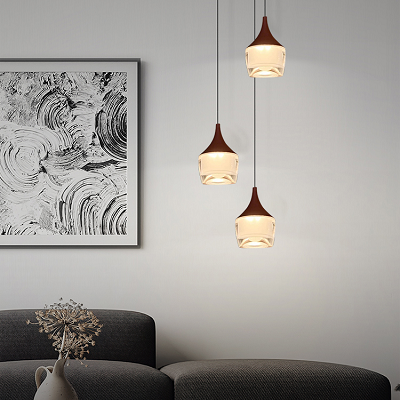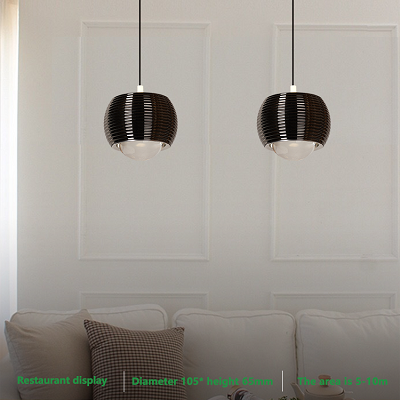Hi,Welcome to TEEKUV Site!
Language
Aluminum Alloy:One of the most commonly used materials in LED Pendant lights is aluminum alloy. This lightweight and durable material offers excellent heat dissipation properties, ensuring optimal performance and longevity of the LED components. Aluminum alloy also provides designers with the flexibility to create sleek and minimalist designs, making it a popular choice for modern pendant light fixtures.
Acrylic and Polycarbonate:Acrylic and polycarbonate are widely used for the diffuser or shade of led pendant lights. These transparent or translucent materials allow the light to disperse evenly, creating a soft and pleasant illumination. Acrylic offers high clarity and can be easily shaped into various forms, while polycarbonate provides enhanced impact resistance, making it suitable for high-traffic areas or environments where durability is crucial.

Sustainable Materials:With a growing emphasis on sustainability, manufacturers are incorporating eco-friendly materials into led pendant light designs. Recycled plastics, such as post-consumer PET or HDPE, are being utilized to reduce environmental impact. Additionally, natural and renewable materials like bamboo, wood, or cork are finding their way into pendant light designs, adding a touch of warmth and organic appeal.
Glass:Glass has long been associated with elegance and sophistication in lighting design. In LED pendant lights, glass is employed for creating decorative elements, such as shades or intricate patterns. It offers a wide range of possibilities in terms of textures, colors, and shapes, adding a touch of luxury to the overall aesthetic. Furthermore, glass is highly durable and easy to clean, making it a popular choice for both residential and commercial applications.

5. Integrated LED Modules:LED pendant lights often incorporate integrated LED modules, which consist of multiple components, including the LED chips, heat sink, and driver. These modules are typically made using a combination of materials, such as ceramic, aluminum, and thermally conductive plastics. The integration of these materials ensures efficient heat dissipation, which is crucial for maintaining the longevity and performance of the LED pendant lights.
Conclusion:
The materials used in LED pendant lights play a pivotal role in their performance, aesthetics, and sustainability. From aluminum alloy for structural integrity to acrylic and polycarbonate for light diffusion, innovative materials are constantly shaping the design possibilities for pendant light fixtures. Moreover, the integration of sustainable materials and the use of glass for decorative elements further enhance the visual appeal of LED pendant lights. As technology advances and new materials emerge, the future of LED pendant lights holds exciting possibilities for even more innovative and eco-friendly designs.
 WhatsApp:
WhatsApp: Phone:
Phone: Contact Now
Contact Now